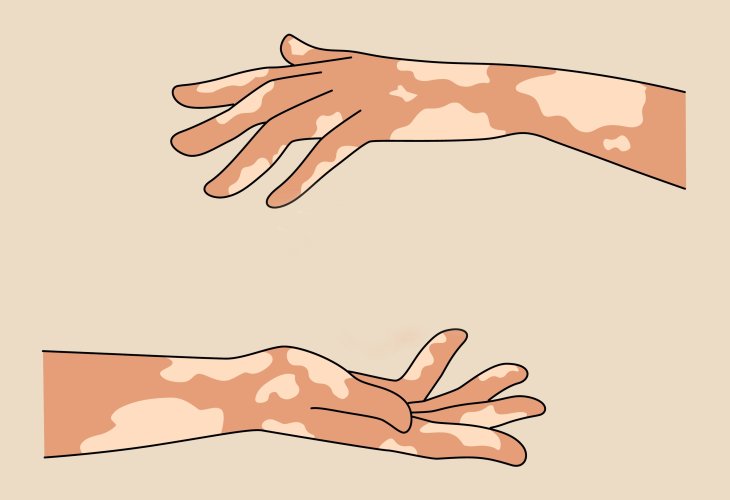Issues in the Bible
Tzara’at in the Torah: A Spiritual Wake-Up Call, Not a Disease
How Judaism views the biblical “leprosy” as a divine message for self-reflection and repentance — revealing why the Torah’s priest diagnoses but never heals
 Illustration: shutterstock
Illustration: shutterstockParshat Tazria discusses, among other topics, the laws of the metzora — the person afflicted with tzara’at. Throughout history, tzara’at has been viewed as one of the most terrifying conditions mentioned in the Torah. Yet the Sages explain that its purpose is deeply spiritual, and the Torah’s approach to it reveals something unique about the Jewish worldview.
How the Nations Saw Disease
In the ancient world — among pagan nations and even later in Christian Europe, disease was a matter for the priest-healer. The priest or shaman was believed to have power to cure the sick through rituals, potions, or mystical ceremonies. Healing was seen as a function of the temple or the religious hierarchy.
The Torah’s Revolutionary Approach
In stark contrast, the Torah’s priest does not heal the leper at all.
The kohen (priest) examines the person, determines whether the affliction is tahor (pure) or tameh (impure), and oversees their isolation — but he performs no act of medical treatment.
The Torah provides no instructions, medicines, or rituals for curing tzara’at and the kohen has no healing power of his own. When Aaron sees his sister Miriam stricken with tzara’at, he does not reach for herbs or oil, but he prays. He turns to God: “El na, refa na la” — “Please, God, heal her.”
This teaches that healing comes only from God. When a person falls ill, the rabbi or sage may pray for them, and bless them, but cannot heal. The power of healing belongs to the Divine alone.
Why the Torah Forbids Cutting the Lesion
The Torah explicitly forbids cutting away the lesion of tzara’at. This is because doing so denies the message behind the affliction. The person imagines that by removing the mark, he can cure himself — but if God wishes to teach him something, He can easily send another lesion elsewhere.
The purpose of tzara’at is not physical punishment but moral and spiritual correction. When one speaks lashon hara (slander or gossip), they harm the peace of others. Therefore, they are sent away from the community to reflect and repair their character.
Isolation is the medicine; repentance is the cure.
Tzara’at as a Message of Love
Because tzara’at is not a contagious disease, the Sages permitted a metzora to enter the synagogue in ways that do not render others impure. It is not something to fear — it is a sign from Heaven.
The rabbis even described tzara’at as “afflictions of love.” If a person who receives tzara’at has not sinned, it is viewed as a divine gift — a way for Heaven to refine and elevate them.
The Jewish View of Illness
A Jew does not fear tzara’at itself, but the One who sent it. The Torah’s message is clear: physical conditions are not random and can be opportunities for spiritual awakening. Healing, in the Torah’s view, begins not with medicine or magic — but with faith, prayer, and inner transformation.

